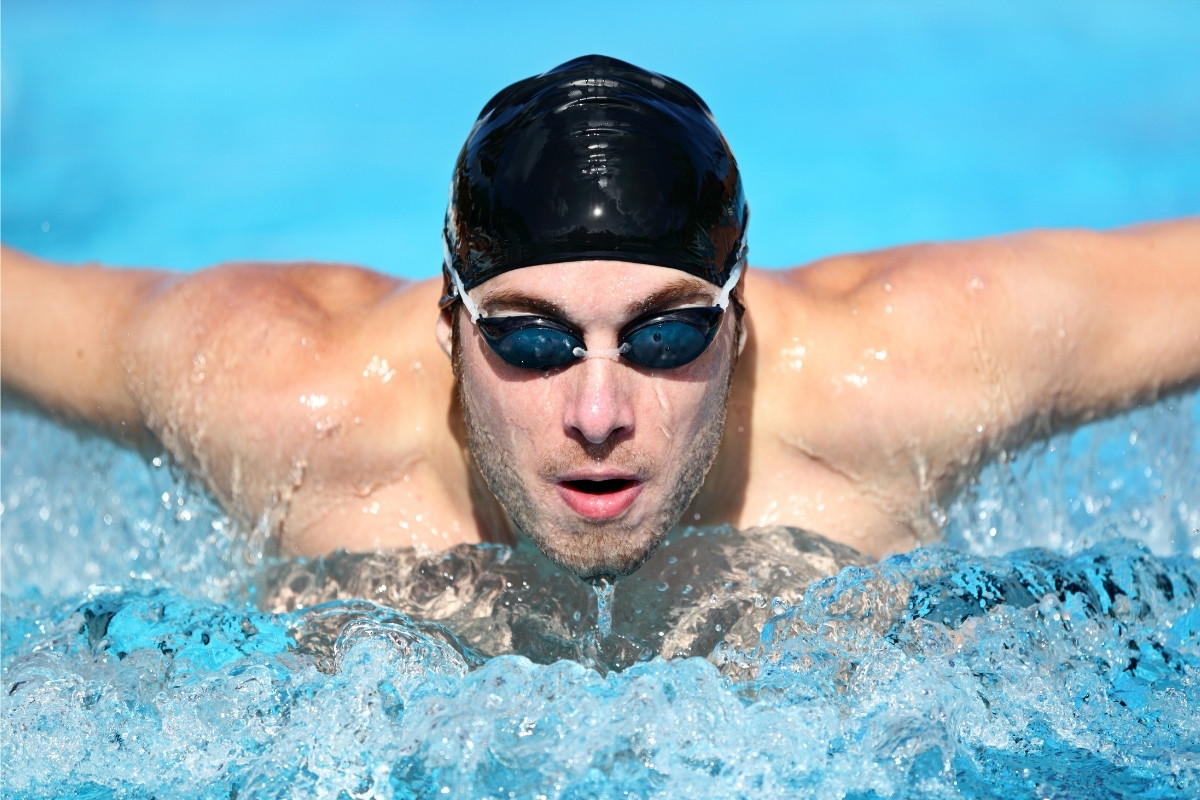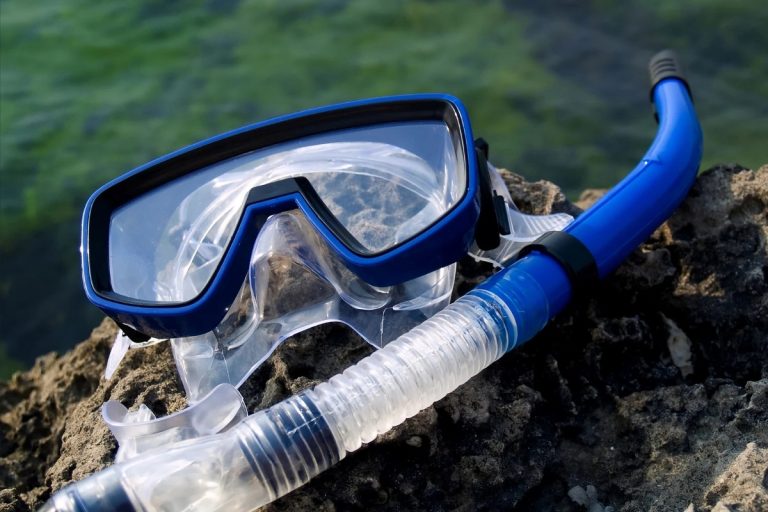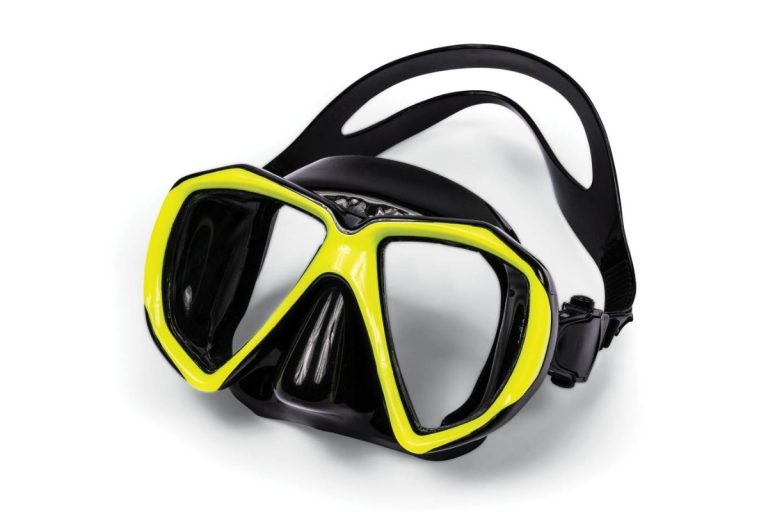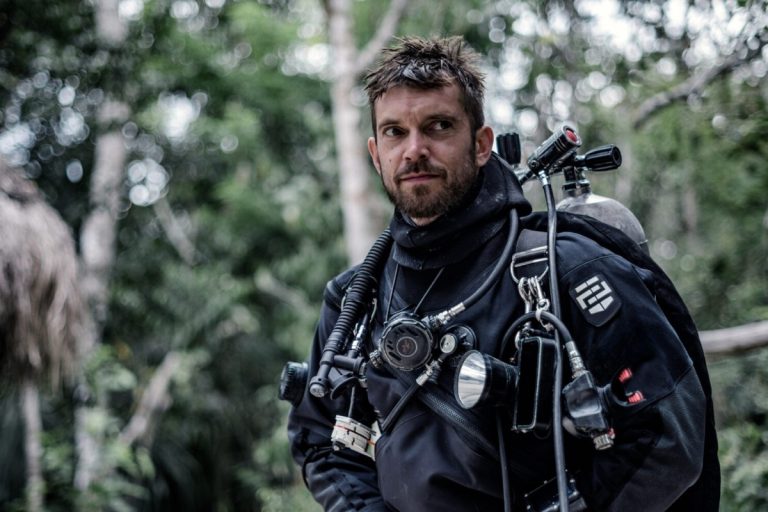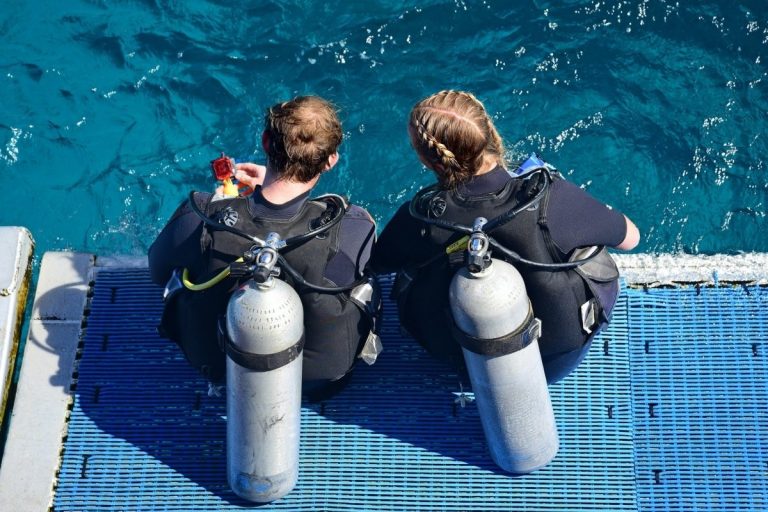- Understanding Breath-Hold Training
- Benefits of Breath-Hold Training
- Risks and Safety Precautions
- Basic Breath-Hold Techniques
- Structured Training Plans
- Advanced Breath-Hold Techniques
- Nutrition and Hydration for Training
- Tools and Equipment for Breath-Hold Training
- Frequently Asked Questions
- Elevate Your Breathing Skills
Understanding Breath-Hold Training
Breath-hold training represents a fascinating intersection of ancient practices and modern science. This discipline involves systematically extending the time you can comfortably hold your breath, building both physical capacity and mental resilience. Unlike simple breath-holding challenges you might remember from childhood, proper breath-hold training follows structured protocols designed to safely push your physiological limits.
The practice has gained tremendous popularity among athletes, emergency responders, and anyone seeking to improve their respiratory efficiency. When combined with comprehensive freediving basics including equalization and safety protocols, breath-hold training becomes a powerful tool for aquatic activities. The training works by gradually conditioning your body to tolerate higher levels of carbon dioxide while efficiently using available oxygen stores.
Modern breath-hold training incorporates scientific understanding of human physiology, creating systematic approaches that minimize risks while maximizing benefits. This methodical approach distinguishes serious training from dangerous breath-holding stunts that can lead to injury or worse.
What is Breath-Hold Training?
Breath-hold training, also known as apnea training, is the systematic practice of extending voluntary breath retention times through specific exercises and techniques. The training focuses on improving your body’s tolerance to carbon dioxide buildup while optimizing oxygen utilization throughout your system.
The practice involves multiple components including relaxation techniques, breathing patterns, and progressive exposure to longer breath-hold durations. Unlike holding your breath until you feel uncomfortable, proper training teaches you to recognize safe limits and work within them systematically.
History of Breath-Hold Techniques
Traditional breath-hold practices date back thousands of years, appearing in various cultures worldwide. Ancient pearl divers in Japan, known as Ama, developed sophisticated techniques passed down through generations. Similarly, Mediterranean sponge divers created methods that allowed them to work at impressive depths.
Modern breath-hold training evolved from these traditional practices, incorporating scientific research about human physiology. The development of formal freediving competitions in the 20th century further refined training methodologies, creating the structured approaches used today.
Physiological Changes During Breath-Holding
When you hold your breath, your body initiates several automatic responses designed to preserve oxygen and maintain vital functions. The mammalian dive reflex triggers bradycardia, slowing your heart rate to conserve oxygen. Blood flow redirects from extremities to vital organs, particularly the brain and heart.
Carbon dioxide levels gradually increase in your bloodstream, creating the urge to breathe. This buildup, rather than oxygen depletion, typically drives the desire to resume breathing. Understanding these physiological responses helps you train more effectively and safely.
Benefits of Breath-Hold Training
The advantages of systematic breath-hold training extend far beyond simply holding your breath longer. Research suggests multiple physiological and psychological benefits that can improve overall health and performance in various activities.
Regular practice can enhance respiratory efficiency, allowing you to extract more oxygen from each breath during normal activities. This improved efficiency translates to better endurance in sports, reduced anxiety in stressful situations, and enhanced focus during demanding tasks.
The mental aspects of breath-hold training are equally compelling. The practice requires intense concentration and body awareness, developing mindfulness skills that apply to many life situations. Many practitioners report improved stress management and emotional regulation as secondary benefits.
Physiological Benefits
Breath-hold training can stimulate beneficial adaptations in your cardiovascular and respiratory systems. Regular practice may increase red blood cell production, improving oxygen-carrying capacity throughout your body. The training also strengthens respiratory muscles, potentially improving overall breathing efficiency.
Some research suggests that controlled breath-holding might promote tissue regeneration and increase resistance to certain infections. The temporary oxygen restriction followed by reperfusion may trigger protective cellular responses, though more research is needed to fully understand these mechanisms.
Mental Benefits
The mental discipline required for breath-hold training develops remarkable focus and body awareness. Practitioners often report improved ability to remain calm under pressure, as the training teaches you to manage discomfort while maintaining clear thinking.
The meditative aspects of breath-hold practice can reduce anxiety and promote relaxation. Many people find that regular training helps them sleep better and manage daily stress more effectively.
Emergency Preparedness Skills
Breath-hold training provides valuable emergency preparedness benefits. In situations where breathing might be compromised, such as smoke-filled environments or water emergencies, extended breath-hold capacity could prove lifesaving.
The training also builds confidence in aquatic environments, reducing panic responses that can worsen emergency situations. This psychological preparation is often as valuable as the physical breath-hold capacity itself.
Risks and Safety Precautions
While breath-hold training offers numerous benefits, it carries inherent risks that require serious consideration and proper safety protocols. Understanding these risks is essential for safe practice and long-term success in your training journey.
The most significant danger comes from pushing beyond safe limits or practicing in inappropriate environments. Underwater blackouts represent the most serious risk, potentially leading to drowning if proper safety measures aren’t followed. Even dry land practice can pose risks if you ignore warning signs or practice in unsafe positions.
Proper safety protocols can minimize these risks dramatically. The key lies in gradual progression, constant awareness of your body’s signals, and never practicing alone, especially in water environments.
Understanding the Risks of Breath-Holding
Prolonged breath-holding can lead to several serious complications. Hypoxic blackout occurs when oxygen levels drop too low, causing sudden unconsciousness without warning. This condition is particularly dangerous in water, where unconsciousness can quickly lead to drowning.
Carbon dioxide buildup during breath-holding can cause muscle contractions, dizziness, and disorientation. While these symptoms typically serve as warning signs, pushing through them can lead to more serious complications including cardiac arrhythmias.
Common Side Effects of Prolonged Breath-Holding
Even within safe limits, breath-hold training can produce various side effects. Mild dizziness, tingling sensations, and muscle contractions are common during longer holds. These sensations result from changing blood chemistry and are generally harmless when experienced during proper training.
More concerning side effects include severe lightheadedness, vision changes, or loss of motor control. These symptoms indicate you’ve exceeded safe limits and should immediately resume normal breathing and rest.
Safety Measures to Follow
Never practice breath-hold training alone, especially in water. Always have a trained partner who understands the risks and can provide assistance if needed. This buddy system is non-negotiable for safe practice.
Start with conservative goals and progress gradually. Rushing your development increases injury risk and can create dangerous confidence in your abilities. Keep detailed training logs to track progress and identify patterns that might indicate overtraining.
Basic Breath-Hold Techniques
Mastering fundamental breath-hold techniques forms the foundation for all advanced training. These basic methods teach proper breathing patterns, relaxation skills, and safe progression protocols that will serve you throughout your breath-hold journey.
The techniques focus on three primary areas: establishing baseline capacity, learning proper relaxation methods, and developing efficient breathing patterns. Each component builds upon the others, creating a comprehensive foundation for more advanced training.
Success in breath-hold training depends more on technique and mental preparation than raw lung capacity. Many beginners are surprised to learn that relaxation and mental state play larger roles than physical fitness in determining breath-hold duration.
Dry Breath-Hold Testing
Begin your training by establishing a baseline breath-hold time in a safe, dry environment. Sit comfortably with your back supported, ensuring you can’t fall if you become dizzy. Take several normal breaths, then inhale naturally and begin your hold.
Time your hold until you feel the first strong urge to breathe, then resume normal breathing immediately. This conservative approach establishes your starting point without pushing dangerous limits. Record this time as your baseline for tracking progress.
Relaxation Techniques
Progressive muscle relaxation significantly improves breath-hold performance by reducing oxygen consumption. Start by tensing and releasing muscle groups systematically, beginning with your toes and working upward through your entire body.
Mental relaxation techniques are equally important. Visualization exercises, where you imagine peaceful scenes or successful breath-holds, can help maintain calm during actual practice. Some practitioners find counting or mental mantras helpful for maintaining focus.
Deep Breathing Exercises
Proper preparation breathing sets the stage for successful breath-holds. Practice diaphragmatic breathing, ensuring your belly rises and falls more than your chest. This technique maximizes lung capacity and promotes relaxation.
Avoid hyperventilation, which can be extremely dangerous. Instead, take slow, deep breaths for several minutes before attempting your hold. This preparation should feel calming rather than energizing or dizzy-making.
Structured Training Plans
Systematic training plans provide the framework for safe, effective breath-hold development. These structured approaches use proven methodologies that balance challenge with safety, ensuring steady progress while minimizing injury risk.
The most effective training plans incorporate both carbon dioxide tolerance work and oxygen efficiency training. This dual approach addresses the two primary limiting factors in breath-hold performance, creating comprehensive improvement in your capabilities.
Consistency in following structured plans produces far better results than sporadic intense training sessions. Regular, moderate practice allows your body to adapt gradually while building the mental discipline essential for advanced breath-hold performance.
CO2 and O2 Training Tables
CO2 tables focus on building tolerance to carbon dioxide buildup, the primary driver of breathing urges. These tables involve repeated breath-holds with decreasing rest periods, training your body to remain comfortable with higher CO2 levels.
O2 tables work differently, maintaining consistent rest periods while gradually increasing breath-hold durations. This approach improves oxygen efficiency and extends your safe breath-hold capacity. Both table types are essential for comprehensive training.
Aerobic and Anaerobic Training Integration
Physical fitness significantly impacts breath-hold performance. Aerobic training improves cardiovascular efficiency and oxygen delivery throughout your body. Swimming, running, and cycling all contribute to better breath-hold capacity.
Anaerobic training builds tolerance to oxygen debt and improves recovery between breath-hold attempts. High-intensity interval training particularly benefits breath-hold athletes by simulating the physiological stress of extended apnea.
Progress Tracking and Adjustments
Detailed record-keeping enables you to identify trends, celebrate improvements, and adjust training intensity appropriately. Track breath-hold times, rest periods, and subjective feelings during each session.
Regular assessment of your progress helps prevent overtraining and identifies when you’re ready for more challenging protocols. Adjust your training plan based on consistent trends rather than single exceptional or poor performances.
Advanced Breath-Hold Techniques
Advanced techniques build upon fundamental skills, introducing more challenging protocols that can significantly extend breath-hold capacity. These methods require solid mastery of basic techniques and should only be attempted after establishing a strong foundation.
Advanced training introduces movement during breath-holds, longer static holds, and specialized techniques used by competitive freedivers. Each method targets specific aspects of breath-hold performance while maintaining safety as the primary concern.
The progression to advanced techniques should be gradual and conservative. Rushing into advanced methods without proper preparation increases injury risk and can actually hinder long-term development.
Apnea Walking
Apnea walking involves holding your breath while walking at a steady pace. This technique builds tolerance to physical exertion during breath-holds and improves oxygen efficiency under stress. Start with very short distances and progress gradually.
The movement increases oxygen consumption, making this technique more challenging than static holds. Begin with distances you can complete comfortably, then gradually increase as your capacity improves.
Static Apnea Training
Static apnea involves motionless breath-holds, typically performed lying down or floating in water. This technique maximizes breath-hold duration by minimizing oxygen consumption through movement.
Advanced static training incorporates longer preparation periods, specific positioning techniques, and mental strategies for managing extended holds. Water-based static training requires constant supervision due to drowning risks.
Dynamic Apnea Techniques
Dynamic apnea combines breath-holding with swimming or underwater movement. This advanced technique requires excellent swimming skills and should only be practiced with qualified supervision in appropriate facilities.
The technique builds practical skills for underwater activities while developing exceptional breath-hold capacity under physical stress. Proper technique and safety protocols are absolutely essential for dynamic apnea training.
Nutrition and Hydration for Training
Proper nutrition and hydration significantly impact breath-hold training performance and recovery. Your body’s ability to store and utilize oxygen depends partly on adequate nutrition, while hydration affects blood volume and circulation efficiency.
Strategic eating and drinking patterns can optimize your training sessions and accelerate improvement. Understanding how different nutrients affect breath-hold performance allows you to fine-tune your approach for maximum benefit.
The timing of meals and hydration relative to training sessions can make substantial differences in comfort and performance during breath-hold practice.
Importance of Nutrition
Iron-rich foods support red blood cell production, directly impacting oxygen-carrying capacity. Include lean meats, leafy greens, and legumes in your regular diet to support optimal blood oxygen levels.
Antioxidants help protect against cellular damage from the oxidative stress associated with breath-hold training. Colorful fruits and vegetables provide essential antioxidants that support recovery and adaptation.
Hydration Strategies
Proper hydration maintains optimal blood volume and circulation efficiency. Dehydration can significantly impair breath-hold performance and increase the risk of complications during training.
Drink water consistently throughout the day rather than trying to hydrate immediately before training. Excessive fluid intake right before practice can cause discomfort and interfere with breathing techniques.
Pre-Training Meals and Snacks
Avoid large meals within two hours of breath-hold training, as digestion diverts blood flow and oxygen from other body systems. Light snacks containing easily digestible carbohydrates can provide energy without causing discomfort.
Some practitioners prefer training in a fasted state, believing it improves focus and reduces abdominal pressure during breath-holds. Experiment to find what works best for your individual response and training schedule.
Tools and Equipment for Breath-Hold Training
While breath-hold training requires minimal equipment, certain tools can enhance safety, comfort, and training effectiveness. The right equipment supports proper technique development and provides safety margins during more advanced training.
Quality equipment becomes particularly important as you progress to water-based training or more challenging protocols. Investing in appropriate gear demonstrates commitment to safe practice and can prevent equipment-related complications during training.
When selecting equipment for breath-hold training, prioritize safety features and comfort over advanced features you may not need initially. Basic, reliable equipment often serves beginners better than complex gear designed for expert practitioners.
Essential Gear for Breath-Holding
A reliable timer or stopwatch is essential for tracking progress and maintaining training protocols. Many smartphone apps provide specialized timing functions designed specifically for breath-hold training, including interval timers for CO2 and O2 tables.
For water-based training, a properly fitting mask creates a comfortable seal and clear vision underwater. Quality masks reduce drag and eliminate distractions that can interfere with focus during breath-hold attempts.
Choosing the Right Snorkel
When progressing to surface swimming with breath-holds, understanding different snorkel types including dry-top and purge-valve designs helps you select appropriate equipment. The right snorkel reduces effort required for breathing between training sets.
Flexible tube snorkels offer comfort during extended training sessions, while purge-valve designs facilitate quick clearing between breath-hold attempts. Consider your specific training goals when selecting snorkel features.
Mask Care and Maintenance
Proper mask maintenance ensures reliable performance and extends equipment life. Regular cleaning with appropriate solutions prevents fogging and maintains clear vision during training sessions.
Check mask straps and seals regularly for wear or damage that could cause failures during training. Replace worn equipment before it compromises safety or training effectiveness.
Frequently Asked Questions
What is breath-hold training?
Breath-hold training, or apnea training, is the practice of extending voluntary breath retention times through specific exercises and techniques, focusing on improving the body's tolerance to carbon dioxide and optimizing oxygen utilization.
What are the benefits of breath-hold training?
Breath-hold training enhances respiratory efficiency, improves endurance, reduces anxiety, and develops mindfulness skills. It also provides emergency preparedness benefits and can stimulate beneficial physiological adaptations.
What safety precautions should I take during breath-hold training?
Never practice alone, especially in water. Always have a trained partner, progress gradually, and be aware of your body's signals to avoid risks like hypoxic blackout.
How can I track my progress in breath-hold training?
Keeping detailed training logs to track breath-hold times, rest periods, and subjective feelings during sessions can help you identify trends and make necessary adjustments to your training.
What equipment do I need for breath-hold training?
Basic equipment includes a reliable timer for tracking progress, and for water-based training, a mask and snorkel are essential for comfort and safety.
Elevate Your Breathing Skills
Engaging in structured breath-hold training not only improves your physical capabilities but also enhances your mental acuity and emergency readiness. By approaching this practice with proper techniques and safety measures, you can fully unlock the potential of your respiratory system.
